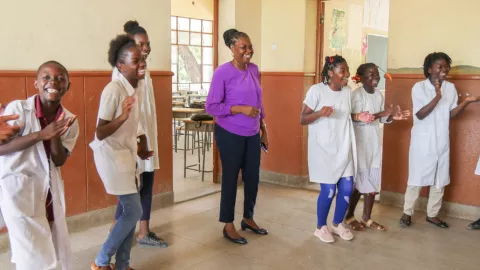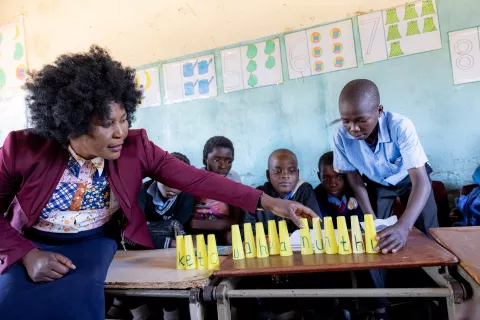Reopening with Resilience: East Asia and the Pacific
Lessons from remote learning during COVID-19

Highlights
COVID-19 school closures in East Asia and the Pacific threaten to widen existing learning inequities and increase the number of children out of school. During the pandemic, governments rapidly deployed remote learning strategies, ranging from paper-based take-home materials to digital platforms. However, lack of electricity – critical to connectivity – remains a key obstacle for the region, particularly in rural areas. Therefore, while digital learning platforms were offered by most Southeast Asian countries, take-up was low.
A combination of modalities – including mobile phone-based learning strategies – and collaboration with a range of non-governmental education stakeholders have the potential to enhance the reach of remote learning and to make it more engaging for students. Lessons from the regional implementation of these strategies emphasize the importance of research to understand the needs of students, educators and parents and the impact of remote learning, especially in low-resource contexts.





